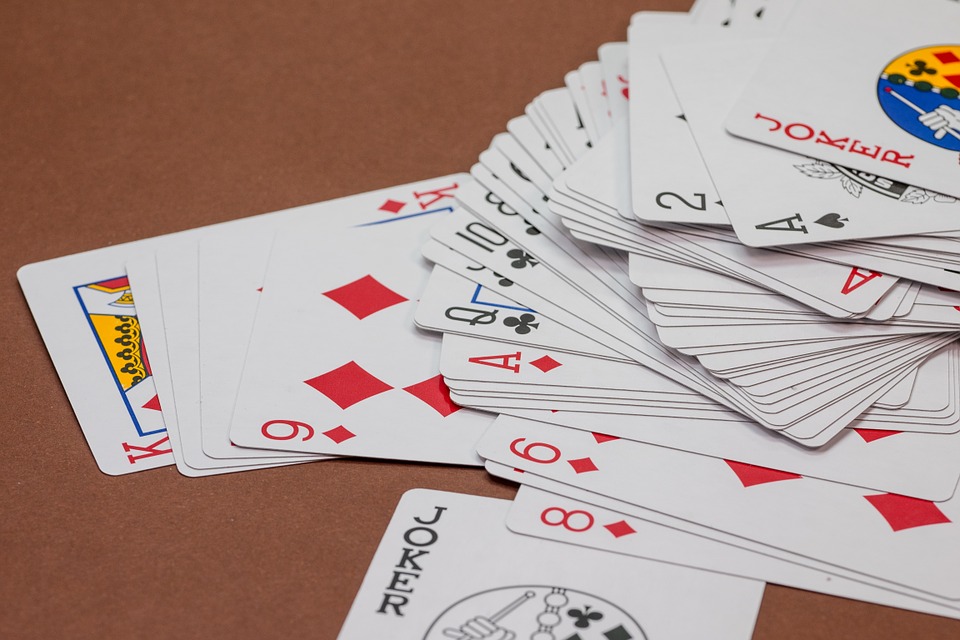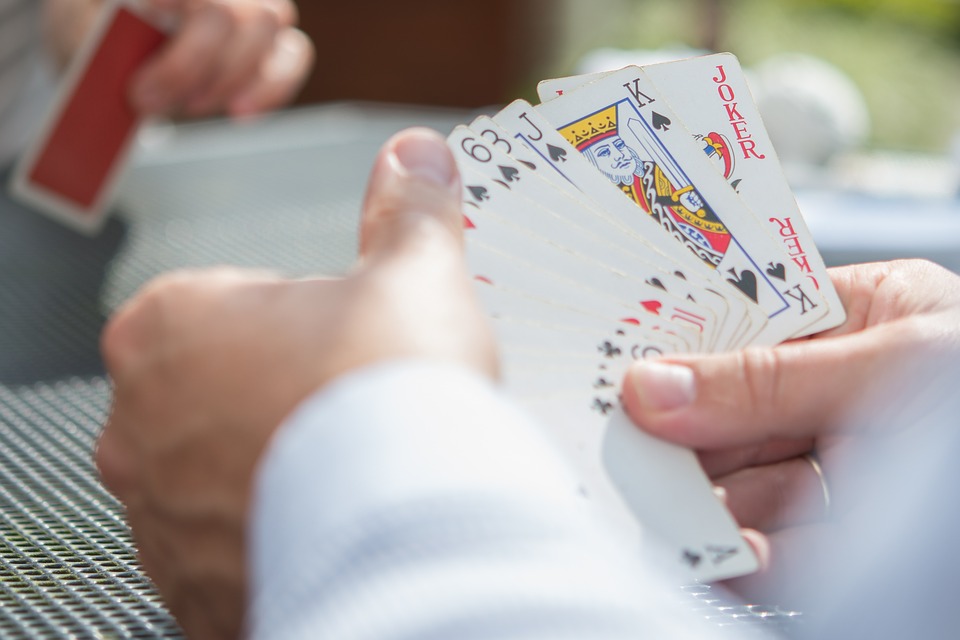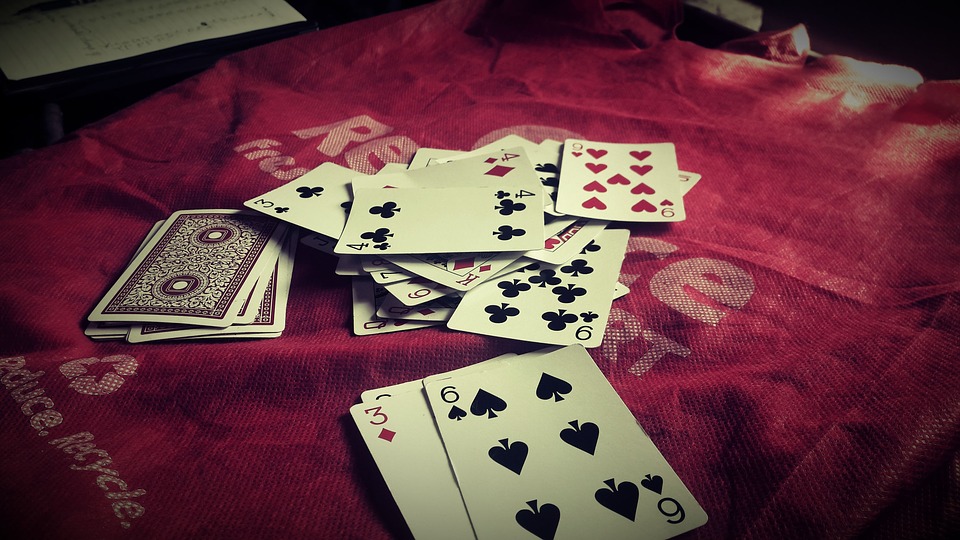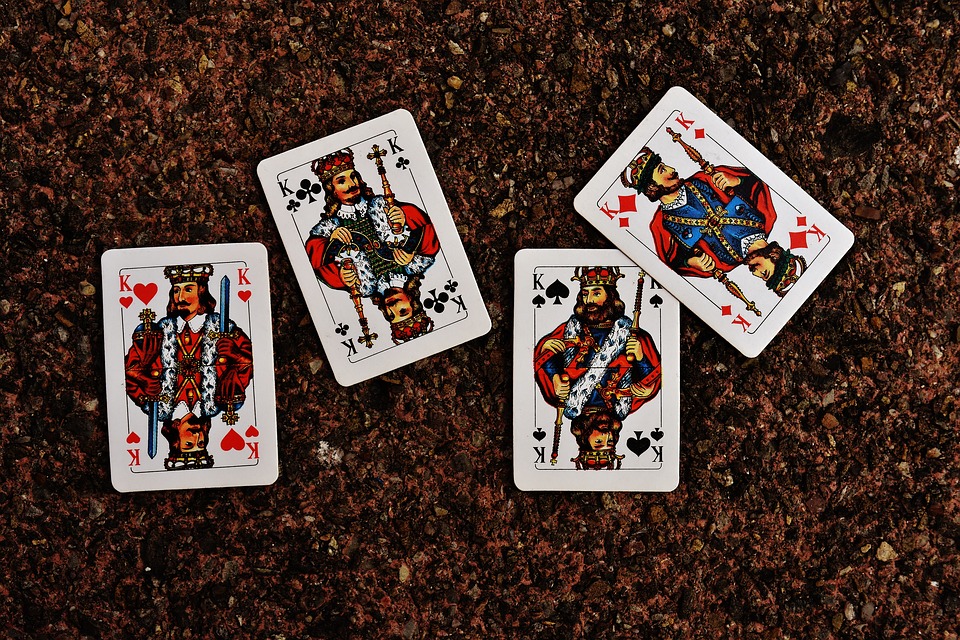Cuarenta is the official card game of Equador. It is played in the mountain regions of the country including major cities like the capital Quito. The name comes from the Spanish word for 40, which is the number of cards they play the game with. This is not your typical serious card game as it is mean it to be loud, silly and a power struggle between teams. Cuarenta is played between two players or two teams.
What is Cuarenta?
Cuarenta is played between either two single players or two teams of two. It is not something that can be adapted it to a larger number of players. Even with the team setup, there is actually only one of the team members playing. The other is there to collect the cards and keep a score of points.
While the game gets its name from the number of cards in the deck, 40 is also the number of points a team or individual player needs to win the game. This remains part of the customized deck of playing cards.
Even though there can only be two people or teams playing at once, the game was created to be played in front of an audience. There is a great deal of fanfare done as the game progresses and the moves are better done in front of a group of watchers.
How to Play

The first step for Cuarenta is getting into teams of two if there are over two players. From there the deck of cards should be ready for play. As the name suggests a standard deck of 52 cards becomes 40. This is done by taking out the eight, nine and ten cards of each suit. The remaining cards are ranked from Ace being low: A, 2, 3, 4, 5, 6, 7, J , Q ,K.
The extra cards are set aside. These will not be played formally during the game but instead used to track points in the game. Moreover, consider reading casino and card-themed party decorations as part of your ideas for a fun and memorable event
The dealer in Cuarenta has an advantage, so there is a part of the game design to make picking the first dealer as fair as possible. After they shuffle the deck of 40 cards, they deal each player a card face up. The first player to get any card from the diamond suit becomes the first game dealer. From there, players take turns being the dealer, passing each round to the left.
With the first dealer decided, the game starts, The cards are shuffled again, and they deal each player their first hand. Everyone gets five cards to be dealt at the same time. In most other card games the players get their hand one at a time, but not this time. The dealer gives player one their full hand of five and then so on so forth.
Each player will play through their whole hand before getting any more cards. When they first look at the hand, one of the following two things may occur:
- When looking at their first hand of five cards. if there are four cards of the same rank the player puts them down on the table face up. This player has won the whole game.
- For any player getting three of the same rank of a card, they call out “Ronda” without showing the cards. This earns them four points. The person to their left also needs to pay attention to this since if they can figure out what the rank of the card is this can end in extra points for them. The other player simply needs to figure out the rank of the card and get one of those cards by a “caida” they get more points. Beyond the two scenarios above, gameplay will start now for a standard game. This means the player to the left of the dealer puts one card from their hand face up on the table.
Player Actions

This may trigger an action of the other player if they can take the card due to:
- A perfect match of card rank: if the next player has the same rank as the card played the next player can take the card.
- Adding up: if the player has a card in their hand that is the sum of two other cards on the table for play, the next player can take those cards. For example, if the player has a five they want to play, if there is a two and a three card already face up they can take those cards. Here the ace is equal to one and the other face cards have no value.
- Sequence: after matching a card of taking them by addition, the player can take more cards if the next higher ranked card is in play face up on the table. For example, if the next player takes a two card by playing matching another two, they can also take three cards if they are there.
There may be a time where a card being played can capture cards already in play for more than one reason above, but the player must only choose one. If a player makes the initial match but fails to pick the sequence, the other player can build on their turn by picking up the sequence.
A player can earn extra points for matching a card that was just played by the person before you. This is called a “caida” and results in two extra points. This can not happen if the player takes the card just played by adding up or sequence
Another way a player can get bonus points is through clearing the table. This happens when the player can play all the cards on the table. For example, if the first player on their first turn puts down a three, the next player can swipe it by also matching it with a three. Clearing the table is called a “limpia” and is worth two points. The matching of the cards, if it happens right after that first turn, would also count as a caida and get the player those two points as well.
Play continues until the players are out of cards. If there are still cards in the deck of 40, the dealer will deal each player a new hand of five all at once. Even if the players are out of cards in their hands, it may be possible to have cards still in play face up on the table. The first player to go may end up with some easy points playing these cards, but it does not count as a caida.
After the players have played all the 40 cards, the round is over. The two players continue to play rounds until one team reaches 40 points just as in speed card games.
Teams score after they finish the round. First, the team will count the number of cards they could take off the table. If they have 20 cards, they get six points. For every card above 20, they get an extra point. The game is only scored in even amounts, so the score is rounded up if it is an odd score.
As each player or team build up points, there are special rules to keep in mind. For example, after they have 30 points the player can no longer get points for a Ronda or for capturing the others team card from a Ronda as part of a caida.
A team sitting with 38 points can no longer get points via the limpia. This team can only get the two points needed to win by counting cards or caida. If a team only has 36 points, they can win the current game though by collecting both the limpia and caida.
Tips, Strategies & More
 While players for Cuarenta may prefer to just use paper to keep score, the traditional play uses the cards removed from the playing deck to keep track of your score. The players place these discarded cards (eights, nines and tens) in a pile face up between the players.
While players for Cuarenta may prefer to just use paper to keep score, the traditional play uses the cards removed from the playing deck to keep track of your score. The players place these discarded cards (eights, nines and tens) in a pile face up between the players.
After card shuffling, each time one of them score two points the team gets one of these cards. They can trade five of the cards in for a “perro.” A Perro is one card turned face down.
Counting cards is a huge part of this game. Playing a card on an empty table can be dangerous because the other player may get both thaiciada and a limpia. The best way to avoid this is to play the part of a pair or keep a close eye on the cards you know are already out of play.
Recommended For You
[amazon box=”B001AMO8A0,B010F6BAES,B002XO760I” grid=”3″]
Conclusion
Cuarenta may seem like a pretty laid back game, but players learn to keep a careful eye on everything the other player is doing. A caida is a bonus point for catching a missed sequence. Not being careful about which card to play on an empty table may add up to even more bonus point for the other side.
Being careful to watch your own cards for Cuarenta is only the start of the strategies in this game. Traditions point to this game being loud and not too serious, but some players forget this as they get deep into the card counting. Do not get discouraged by the low scoring game, cuarenta moves quickly once you get the hang of the special scoring.

